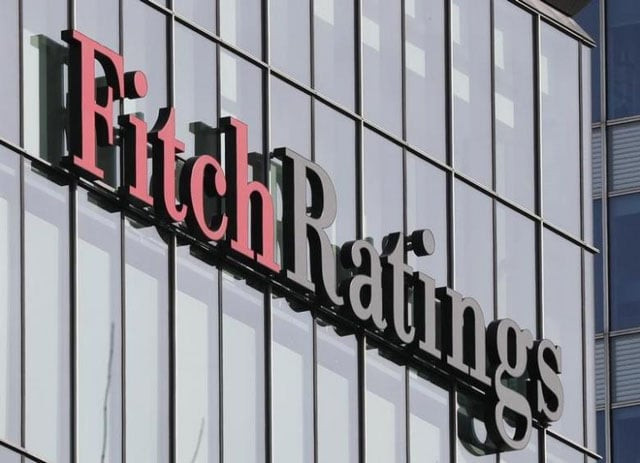Pakistan budget to significantly reduce government debt, rating agency Fitch predicts
Pakistan’s FY25 budget aims to cut government debt to 68% of GDP, aided by inflation and lower interest costs.

Fitch forecasts Pakistan’s FY25 budget to significantly reduce government debt, which is projected to decline to 68% of GDP by the end of FY24.
This reduction is attributed to high inflation and deflator effects, which help offset soaring domestic interest costs.
Fitch Ratings forecasts a concurrent decline in both inflation and interest costs, driven by economic growth and primary surpluses. The State Bank of Pakistan took a pivotal step on 10 June by cutting policy rates for the first time in five years, reducing them by 150 basis points to 20.5%.
This monetary policy adjustment is anticipated to support a further decline in inflation, projected at 12% for FY25, and set the policy rate at 16% by the end of FY25.
Prime Minister Shehbaz Sharif’s coalition government presented the FY25 budget on 13 June, targeting a headline deficit of 5.9% of GDP and a 2.0% primary surplus, compared to FY24 estimates of 7.4% and 0.4%, respectively.
The budget, characterised by extensive tax increases and significant fiscal efforts at the provincial level, also aims for a growth rate of 3.6% in FY25, up from 2.4% in FY24.
However, the budget faces potential resistance within parliament and broader society due to the coalition's weaker-than-expected mandate from the February elections.
Fitch’s revised fiscal forecasts predict a primary surplus of 0.8%, accounting for potential revenue shortfalls and higher current spending, partially offset by lower-than-expected development spending. Consequently, the growth forecast for FY25 has been adjusted to 3.0%, down from 3.5%.
Read also: Political instability can mar IMF programme: Fitch
Despite these challenges, the FY24 primary deficit aligns with targets, bolstered by unpopular subsidy reforms that enhance fiscal credibility. While Pakistan has struggled with sustaining reforms historically, the absence of viable alternatives has fostered support for stringent policy measures in the short term.
Following the completion of its nine-month IMF Stand-By Arrangement in April, significant progress has been made towards a new Extended Fund Facility (EFF), according to the IMF.
Pakistan’s external liquidity and funding remain critical challenges. A new IMF deal is expected to secure other external funding sources. However, maintaining stringent policy settings to manage external financing needs and comply with a new EFF could prove increasingly difficult.
Since the February elections, Pakistan’s external position has improved. The current account deficit is projected to narrow to 0.3% of GDP (USD 1 billion) in FY24, down from 1.0% in FY23. Subdued domestic demand has reduced imports, while exchange rate reforms have boosted remittance inflows.
Strong agricultural exports have also contributed positively. Gross reserves, including gold, have risen to USD 15.1 billion, covering over two months of external payments, up from USD 9.6 billion at the end of FY23.
Nevertheless, Pakistan's projected funding needs still exceed its reserves, estimated at about USD 20 billion annually for FY24–FY25, including maturing bilateral debt expected to be rolled over.
This exposes Pakistan to external funding conditions and potential policy missteps. Pakistan’s 'CCC' rating, reaffirmed in December 2023, reflects the high external funding risks amid substantial medium-term financing requirements.



















COMMENTS
Comments are moderated and generally will be posted if they are on-topic and not abusive.
For more information, please see our Comments FAQ